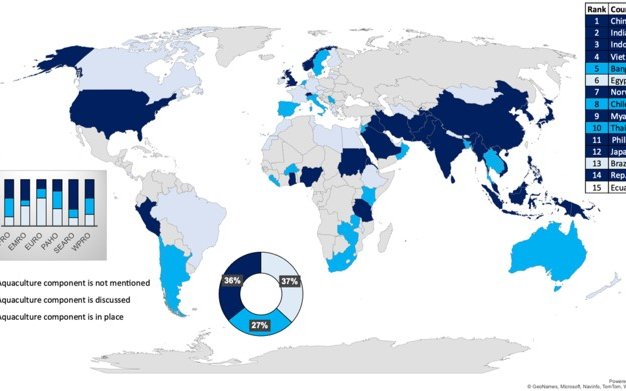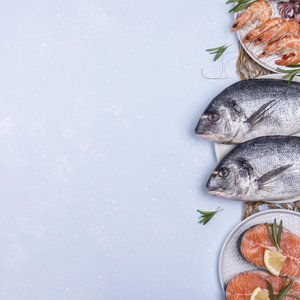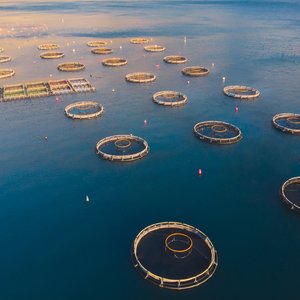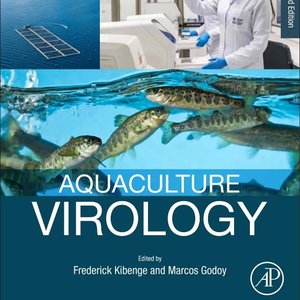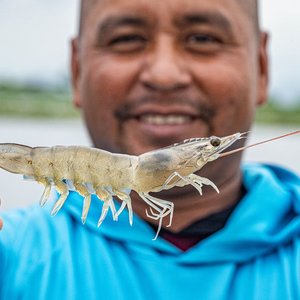In 2015, during the 68th World Health Assembly in Geneva, Switzerland, a Global Action Plan (GAP) on AMR was established. As a result, most members of the World Health Organization (WHO) have developed and implemented a National Action Plan based on a “One Health” approach to AMR.
Funded by the Norwegian Agency for Development Cooperation (Norad) and the Agriculture Organization of the United Nations (FAO), researchers from Italy, Sweden, the UK, and the US examined how Antimicrobial Resistance (AMR) is approached in aquaculture reviewing 25 years of scientific literature (1996-2021) and fulfilling a systematic review of ninety-five country National Action Plans (NAPs).
AMR is a global issue that caused 1.27 million deaths in 2019. Both water and its resources are known to be vectors and reservoirs of AMR. Therefore, the proper use, as well as the exclusion, of antibiotics in the aquaculture sector play a crucial role in to fight against AMR dissemination.
As the ever-increasing human population relies more heavily on aquaculture commodities for food security, the risk of spreading AMR by seafood represents an important topic of public health. Despite the key role of the aquaculture supply chain and its inclusion within the “One Health” framework, little to no implementation in controlling the spread of AMR has occurred in global aquaculture.
The review showed that Southeast Asia had the highest implementation rate of AMR-aquaculture programs and that 37% of countries included in the research do not mention aquaculture within their AMR NAP.
Most AMR-aquaculture-related studies have taken place in China, followed by the United States of America and India. Beta-lactamases, tetracyclines, sulfonamides, macrolides, and fluoroquinolones were the most represented classes of antibiotics, with Vibrio spp. and Aeromonas spp. as the most investigated antimicrobial-resistant bacteria.
The review highlighted the gaps in AMR-aquaculture governance and the progress made across WHO members and encourages countries to fulfill their commitments by developing and implementing the AMR NAP.
Foster research, monitoring, and surveillance of antimicrobial usage and AMR within the aquaculture sector, as well as collaborating at national and international levels are the recommendations to develop a “One Health” concerted approach.
Reference:


